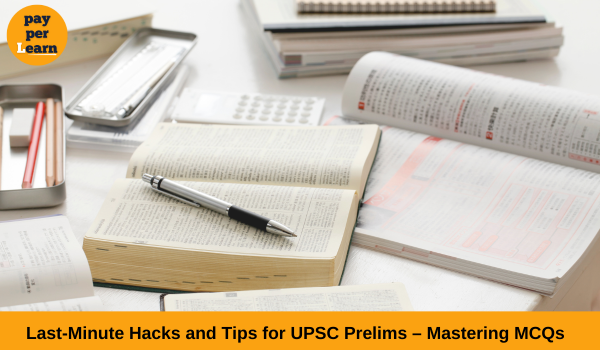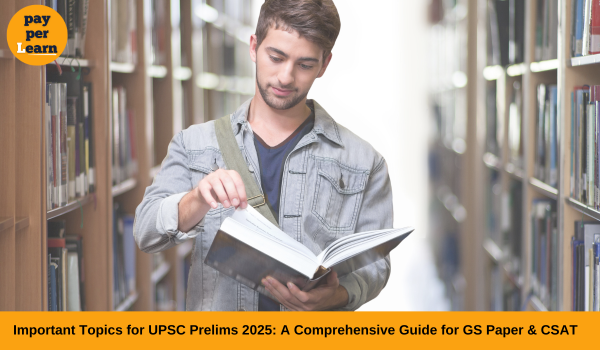10 Tested Tips to Maximize Your Competitive Exam Scores

Success in competitive exams requires strategy, dedication, and smart preparation. Here are 10 proven tips to help you maximize your scores and achieve your goals.
1. Understand the Exam Pattern and Syllabus
Before diving into preparation, familiarize yourself with the exam syllabus and pattern. Knowing the marking scheme, weightage of sections, and types of questions will help you plan your study effectively.
2. Create a Realistic Study Plan
A structured study plan ensures consistent progress. Allocate specific time slots for each subject and stick to them. Focus more on your weak areas without neglecting your strengths.
3. Prioritize Quality Over Quantity
Instead of trying to cover everything superficially, focus on understanding key concepts deeply. A strong foundation in the basics is often more beneficial than rushing through multiple topics.
4. Practice Mock Tests Regularly
Mock tests simulate the real exam environment and help improve time management. Analyze your performance after each test to identify and address weaknesses.
5. Use Effective Study Resources
Choose quality study materials such as recommended books, online resources, and video lectures. Avoid overloading yourself with too many sources, which can lead to confusion.
6. Master Time Management
Competitive exams require quick thinking and decision-making. Learn to allocate time wisely for each section during your preparation and the actual exam. Practice solving questions under timed conditions.
7. Revise Consistently
Regular revision is crucial to retaining what you’ve learned. Create concise notes for quick reviews and revisit them frequently, especially in the weeks leading up to the exam.
8. Stay Updated with Current Affairs
For exams like UPSC and CUET, current affairs play a vital role. Follow reliable news sources, subscribe to monthly magazines, or watch current affairs videos to stay informed.
9. Focus on Mental and Physical Well-being
Maintain a healthy lifestyle by eating well, exercising, and getting adequate sleep. Taking care of your health keeps your mind sharp and reduces stress during preparation.
10. Stay Consistent and Motivated
Consistency is key to success. Set small, achievable goals and celebrate your progress. Surround yourself with a positive support system to stay motivated throughout your journey.
Conclusion
Maximizing your scores in competitive exams requires discipline, strategic planning, and continuous effort. By implementing these 10 tested tips, you’ll be better prepared to tackle any challenges and achieve your desired results.
Looking for personalized guidance to excel in competitive exams? Visit Pay Per Learn for expert tips and strategies tailored to your success.









